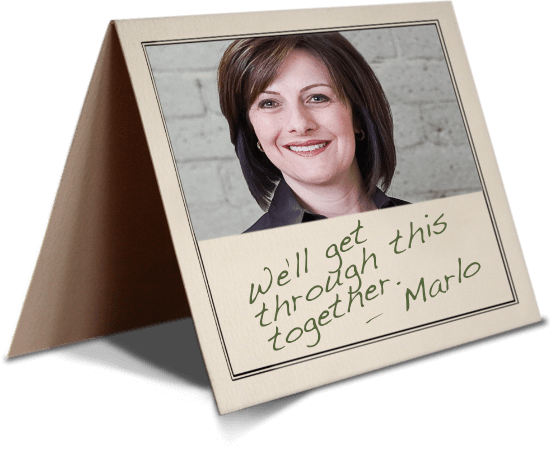Everyone has ‘stuff.’ The late George Carlin created a classic standup routine about the importance of ‘stuff’in our lives. We feel comforted by our ‘stuff’ but when divorce strikes, our ‘stuff’ must be valued and divided equally. It is the importance of ‘stuff’ in our lives – and fear of losing that sense of comfort it provides – which in turn causes a lot of anxiety in the divorce. Below are tips to not let this anxiety turn into a financial nightmare.
What is ‘Stuff?’
I consider ‘stuff’ to be household furniture, furnishing and appliances (excluding art and antiques). The fair market value of these items at the time of divorce is typically not much. The fair market value is a garage sale value – what you would earn if you sold the entire contents of your home at a garage sale. Because the fair market value of one’s ‘stuff’ is generally not that great, spending money on attorneys to argue over the valuation and division of your ‘stuff’ is typically not a good financial decision. The attorneys’ fees could easily exceed the value of your ‘stuff.’ Therefore, minimizing the time and money on this aspect in a divorce is critical.
How to Divide ‘Stuff’
Inventory. The first thing to do is inventory the contents of the house. The easiest way to do this is by room. Once the list for each room is compiled, any items which are the separate property of either spouse (an item brought into the marriage or acquired during the marriage by gift or inheritance) should be removed from the list. Separate property in California is not divisible under the community property rules and belongs to the person who acquired that item.
Valuing Items. The parties can choose to work together to assign a fair market value to each item on the inventory list. While California community property laws require assets to be divided equally, parties can agree to an unequal division. Often when dividing ‘stuff,’ the total value of the ‘stuff’ is not worth the time, energy and potential cost to determine exact values. So, the valuation step is omitted and rather than an “equal” division occurring, an ‘equitable’ division is preferred – a division which both parties can accept as being fair. If a full valuation is desired, then after the actual division occurs via the ’identify choices’ or ’alternate picking’ methods discussed below, whichever spouse received the greater share of ‘stuff’ must equalize the division by making a cash payment to the other spouse in an amount that covers the difference in valuation.
Identify Choices. One way to approach the division is for each spouse to take the inventory list, and identify what items each wants. Typically, there are only a few items both spouses want, so the disputed items are immediately narrowed. These disputed items can then be handled separately with another of the following methods of division.
Alternate Picking. Another approach to dividing all of the ‘stuff’ in the house, or just the disputed items, is for each person to take turns picking what they want. The parties can flip a coin, with the winner of the coin toss getting to pick an item first and the other person going next. The alternate picking continues until all of the ‘stuff’ has been divided.
Auction. This is a method which a judge cannot order, but one in which the parties can voluntarily engage. This method works best on the items that both spouses want, and requires a third person to be present. The third person (i.e., a neutral friend or family member) will auction each item off starting at a minimum bid. The divorcing spouse who bids the highest receives the item and will pay the other person 50% of the value of the ‘winning’ bid. Why 50%? Because under community property rules, each person owns 50% of the asset, so the person receiving the asset must pay the other for his/her half of the asset.
Sale. Any item or all items in the house can be sold. If this is done, the sale proceeds are split equally between the parties. While this is certainly easy, the amount which will be received from the sale (i.e., garage sale value) is not going to be sufficient to purchase new furniture to replace that which was just sold.
Donate. This is typically a good option for ‘stuff’ which neither person wants. The items can be donated, with the parties sharing equally in the tax deduction for the donation value. Just make sure to get separate receipts, each one showing half the value of all the items donated.
Last Words. Clearly we all need ‘stuff’ to make a house a home; and ‘stuff’ is comforting. Many people fight relentlessly over the division of ‘stuff’ in the divorce. Sometimes it is to make the other person angry by trying to keep from them something that they want. Other times, it is emotionally comforting to want to keep the ‘stuff’ which is known and loved. Both of these reasons often create explosive arguments in the divorce, which is already painful enough. For that reason, think carefully about whether such arguments are worth it. Sometimes it is best to start fresh and leave behind the ties to the former life. Remember, it is just ‘stuff.’
